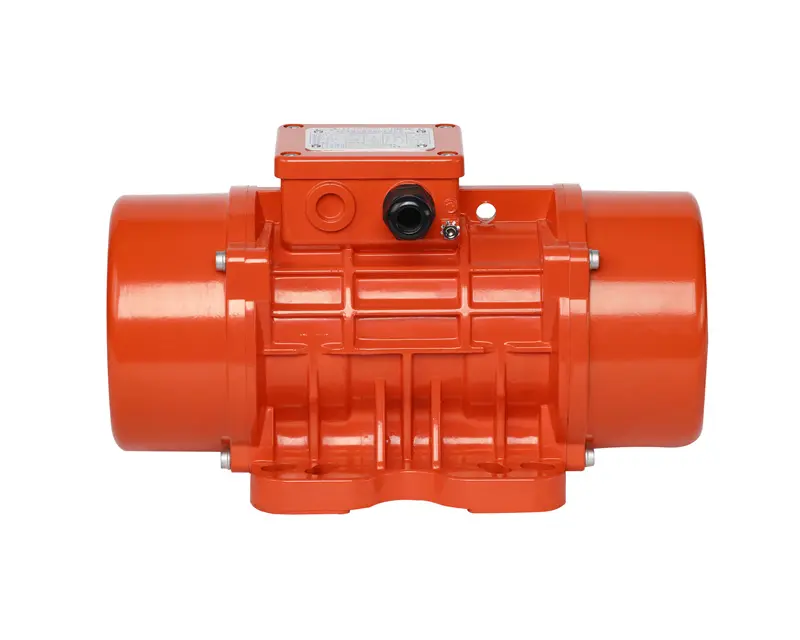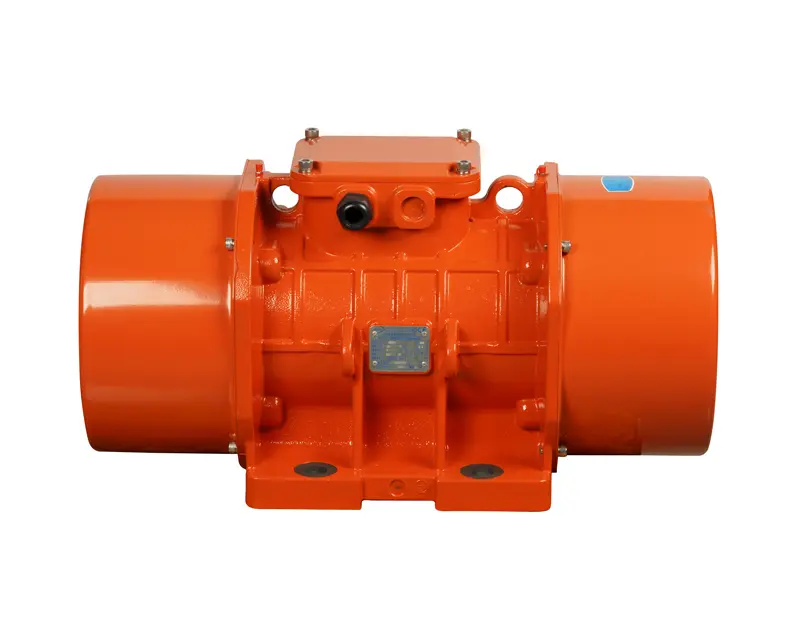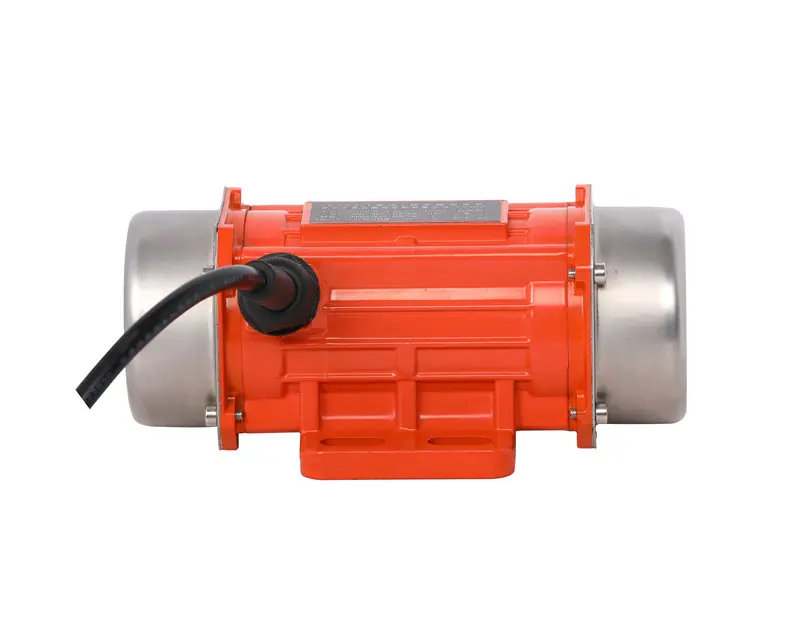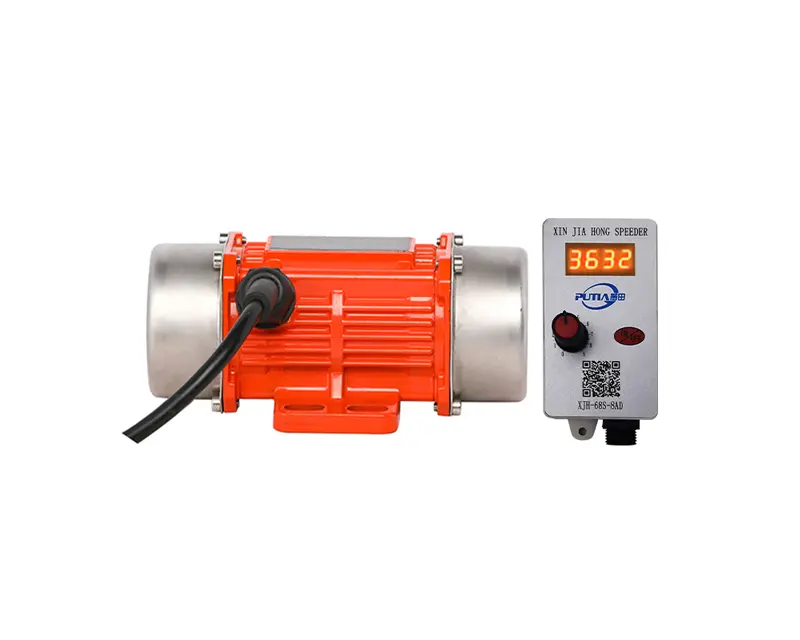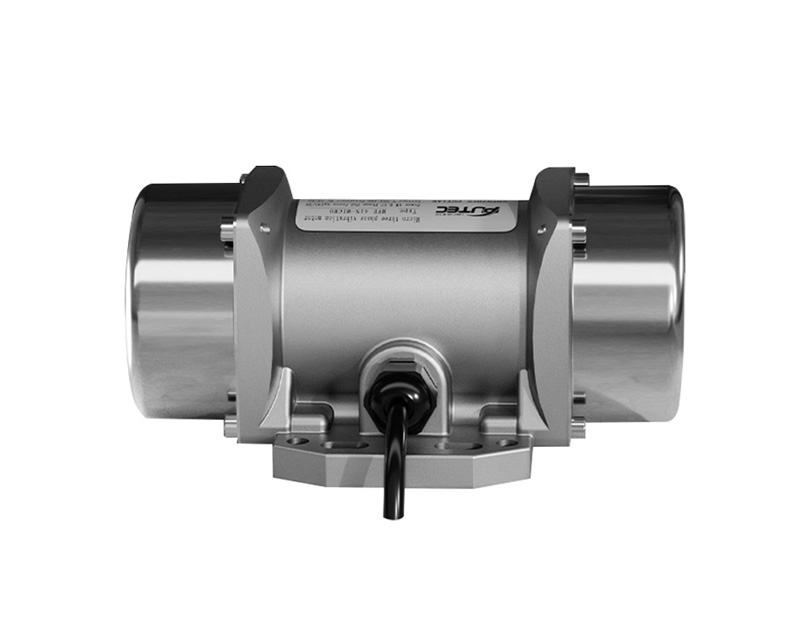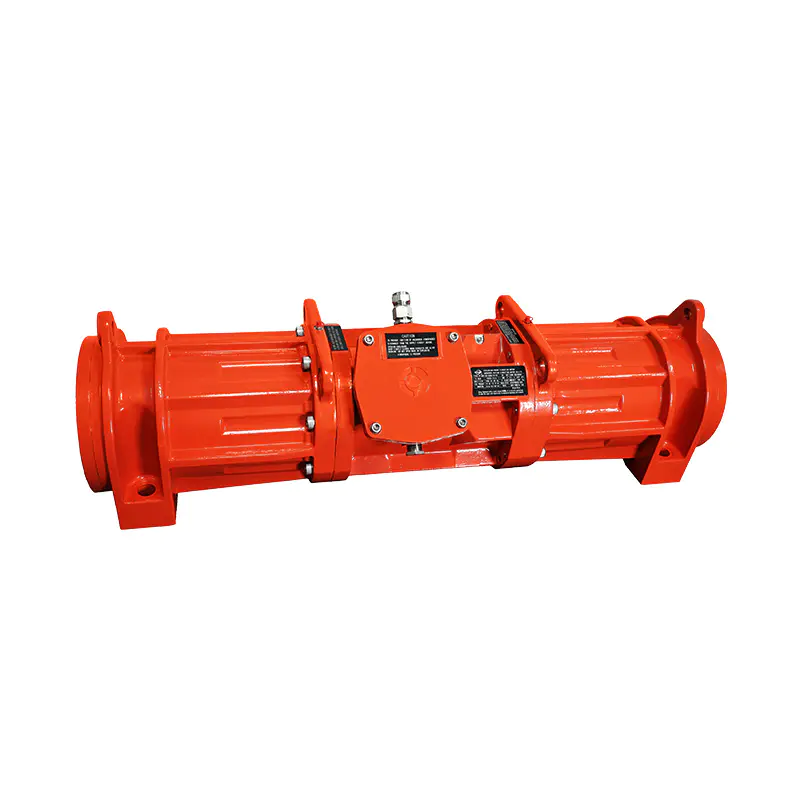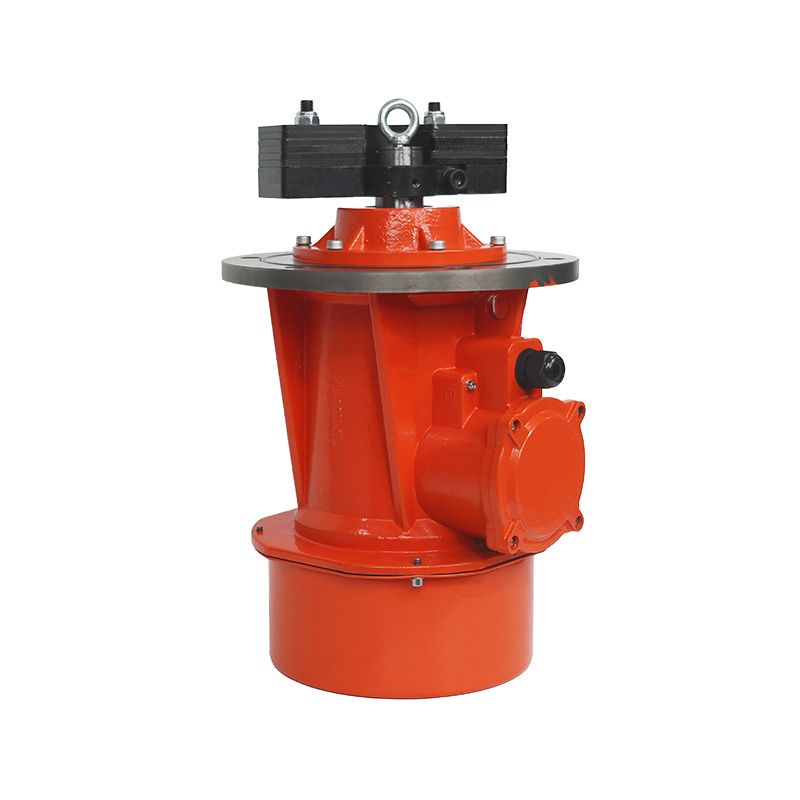DC Magnet Motors And High-Speed Micro Motors: Characteristics, Applications
 Apr-11-2024
Apr-11-2024
 Industry News
Industry News
DC magnet motors and high-speed micro motors play crucial roles in a variety of applications across different industries. These motors offer unique features and advantages that make them valuable for different uses, from precision control in robotics to efficient operation in small appliances and medical devices. In this article, we'll explore the characteristics of DC magnet motors and high-speed micro motors, their respective applications, and how to choose the right motor for specific needs.
DC Magnet Motors
DC magnet motors, also known as direct current motors, operate using a magnetic field to produce motion. These motors are widely used due to their simple design, ease of control, and efficiency. They consist of a stator (stationary part) with permanent magnets or electromagnets and a rotor (rotating part) with armature windings.
Characteristics
1. Ease of control: DC magnet motors can be controlled easily using voltage variations, making them ideal for applications that require precise speed and torque control.
2. Simple construction: Their straightforward design consists of a few main components, reducing the risk of mechanical failure and facilitating maintenance.
3. Quick response: DC magnet motors can respond quickly to changes in voltage, providing rapid speed adjustments.
4. Bidirectional operation: These motors can reverse their direction of rotation by simply changing the polarity of the applied voltage.
Applications
DC magnet motors find applications in various industries and devices, including:
1. Automotive: Used in power windows, windshield wipers, and adjustable seats.
2. Consumer electronics: Commonly found in electric toothbrushes, shavers, and other personal care devices.
3. Industrial automation: Employed in conveyor systems, material handling equipment, and other automation applications.
4. Medical devices: Utilized in infusion pumps, medical imaging equipment, and other precision medical devices.
High-Speed Micro Motors
High-speed micro motors are small, lightweight motors that operate at high speeds. These motors are designed to deliver efficient power output while maintaining a compact form factor. They often use precision engineering and advanced materials to optimize performance.
Characteristics
1. Compact size: High-speed micro motors are designed to fit into small spaces, making them suitable for miniaturized applications.
2. High speed: As the name suggests, these motors can operate at very high speeds, making them suitable for tasks that require rapid motion.
3. Low inertia: The reduced size and weight of these motors contribute to low inertia, allowing for quick acceleration and deceleration.
4. Efficiency: High-speed micro motors are engineered to maximize power output while less energy consumption.
Applications
High-speed micro motors are widely used in applications that demand precision and speed, including:
1. Aerospace and defense: Found in drones, actuators, and other aerospace components.
2. Medical devices: Utilized in surgical tools, dental handpieces, and other medical equipment requiring high precision.
3. Consumer electronics: Used in mobile phones, cameras, and other gadgets that require fast, precise movement.
4. Robotics: Found in robotic arms, precision instruments, and other robotic systems.
Choosing the Right Motor
When selecting a motor for a specific application, consider the following factors:
1. Speed and torque requirements: Determine the operating speed and torque needed for your application. Choose a motor that can deliver these parameters effectively.
2. Size and weight: Consider the available space and weight restrictions. High-speed micro motors are suitable for compact and lightweight applications.
3. Control options: Decide whether you need precise control over speed and torque. DC magnet motors offer simple and efficient control mechanisms.
4. Cost and reliability: Balance the cost of the motor with its expected reliability and lifespan. Consider maintenance needs and potential downtimes.
5. Power source compatibility: Ensure the motor is compatible with your power supply, whether it's battery-operated or connected to an electrical grid.
DC magnet motors and high-speed micro motors offer unique advantages for a variety of applications. DC magnet motors provide ease of control and efficiency, making them suitable for a wide range of uses in the automotive, industrial, and medical sectors. High-speed micro motors, on the other hand, excel in applications that require compact, lightweight solutions with high-speed operation, such as aerospace, medical, and consumer electronics.
When selecting a motor, consider the specific needs of your application, including speed, torque, size, control options, cost, and power source compatibility. By understanding the strengths of each motor type and carefully assessing your requirements, you can make informed decisions that lead to successful implementation and ideal performance.


 English
English русский
русский Português
Português عربى
عربى فارسی
فارسی
